Home>Storage Ideas>Kitchen Storage>Should A Kitchen Sink Be Centered Under A Window?
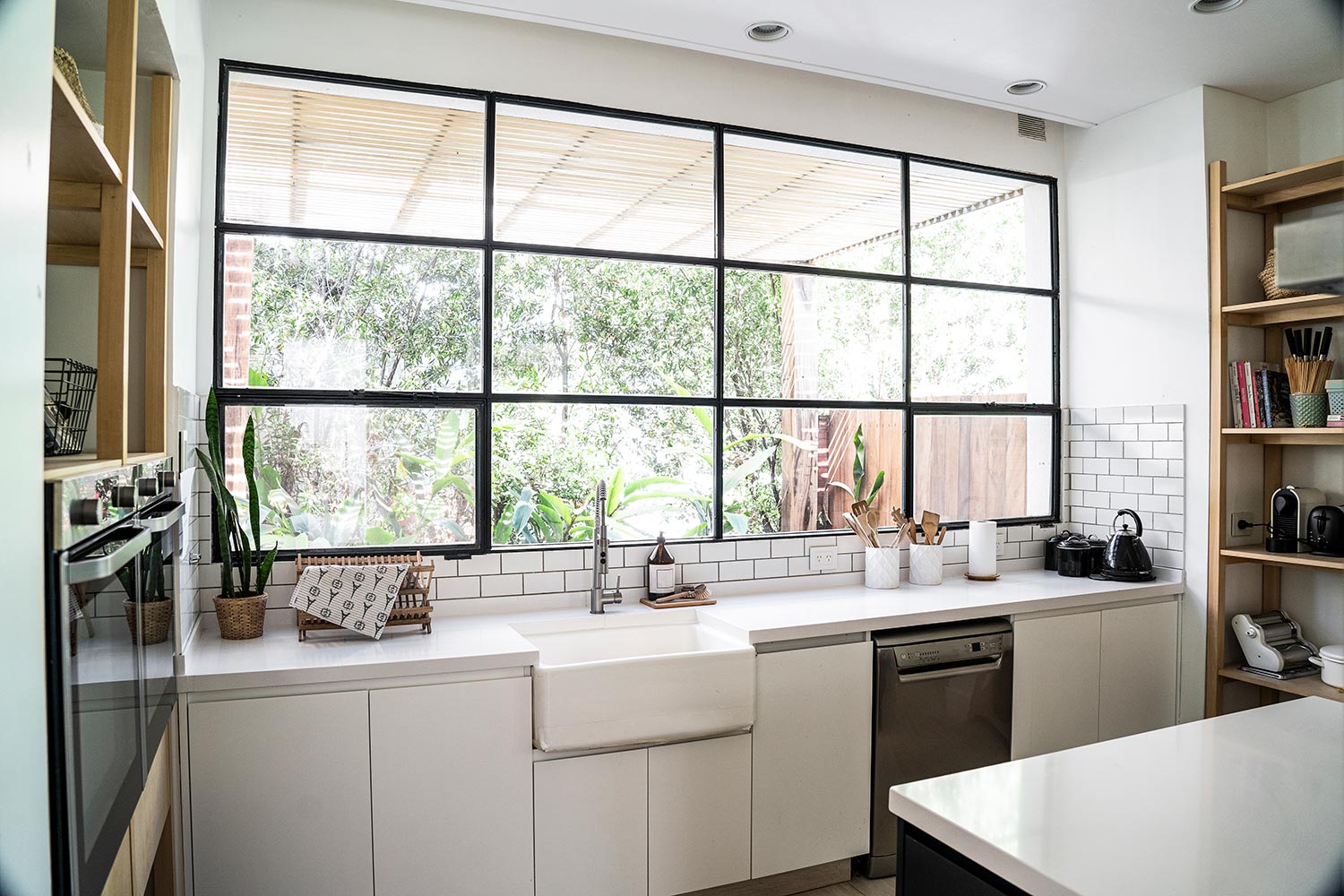

Kitchen Storage
Should A Kitchen Sink Be Centered Under A Window?
Modified: February 26, 2024
Discover kitchen storage ideas for your home. Should a kitchen sink be centered under a window? Explore optimal placement for your sink and window in this helpful guide.
(Many of the links in this article redirect to a specific reviewed product. Your purchase of these products through affiliate links helps to generate commission for Storables.com, at no extra cost. Learn more)
Introduction
When planning a kitchen layout, one of the key decisions homeowners have to make is the placement of the kitchen sink. While there are various options available, a popular choice is to center the kitchen sink under a window. This placement not only adds functionality but also brings in natural light and offers a view while doing kitchen chores.
In this article, we will explore the pros and cons of centering a kitchen sink under a window. We will also discuss alternative placement options and important factors to consider when deciding the best location for your kitchen sink.
So, if you’re ready to dive into the world of kitchen sink placement, let’s get started!
Key Takeaways:
- Centering a kitchen sink under a window brings natural light, a pleasant view, and a serene ambiance, but may limit counter space and pose privacy concerns. Consider alternative placements for a functional and visually appealing kitchen.
- When deciding on a kitchen sink placement, consider workflow, space availability, storage needs, lighting, design harmony, and maintenance. Tailor the placement to your specific needs for a practical and visually pleasing kitchen space.
Pros of centering a kitchen sink under a window
Centering a kitchen sink under a window comes with several advantages that may make it an appealing choice for many homeowners. Here are some of the pros:
- Natural Light: Placing the sink under a window allows for ample natural light to flow into the kitchen. Natural light not only brightens up the space but also creates a pleasant and inviting atmosphere.
- View: Having a view to the outside while doing dishes or food prep can make the task more enjoyable. Whether it’s a garden, a scenic landscape, or simply watching the kids play in the backyard, looking outside can make the kitchen feel less isolated and more connected to the surrounding environment.
- Ambiance: The combination of natural light and the view can create a calming and serene ambiance in the kitchen. It can make daily chores feel more enjoyable and make the kitchen a pleasant space to spend time in.
- Aesthetics: Placing the sink under a window can enhance the overall aesthetics of the kitchen. It adds a focal point and creates a visually pleasing arrangement. The window acts as a frame for the sink, making it an attractive centerpiece in the kitchen.
- Ventilation: Having a window near the sink can provide additional ventilation, especially when cooking generates steam or odors. Opening the window while working in the kitchen can help keep the air fresh and improve indoor air quality.
- Communication: If you have an outdoor space or a backyard where family members or guests spend time, having the kitchen sink by the window allows for easier communication. You can interact with people outside while still being inside and attending to your kitchen tasks.
Now that we’ve explored the advantages of centering a kitchen sink under a window, let’s move on to the potential drawbacks and alternative options.
Cons of centering a kitchen sink under a window
While centering a kitchen sink under a window may have its benefits, it’s important to consider the potential drawbacks as well. Here are some cons to keep in mind:
- Limited Counter Space: Placing the sink under a window may limit the available counter space on either side of the sink. This can make it challenging to have enough space for meal preparation or other kitchen tasks that require additional work surfaces.
- Placement Restrictions: Not all kitchen layouts are conducive to placing the sink under a window. Factors such as plumbing lines, electrical outlets, and structural constraints may limit your options for sink placement. It’s important to consider these practical aspects before deciding on this configuration.
- Lack of Upper Cabinet Space: If the sink is centered under a window, it may result in a lack of upper cabinet space above the sink. This can reduce storage options for frequently used kitchen items and necessitate alternative storage solutions elsewhere in the kitchen.
- Privacy Concerns: Having the sink under a window may compromise privacy, especially if the window overlooks a busy street or neighboring properties. It’s important to consider your comfort level with potential visibility from the outside and whether it aligns with your preferences.
- Challenges in Window Maintenance: Placing the sink under a window may make it more difficult to access and clean the window. Water splashes and moisture from the sink can accumulate on the window, requiring regular cleaning to maintain its clarity.
Considering these potential drawbacks, it’s essential to weigh the pros and cons and determine if centering the kitchen sink under a window aligns with your specific needs and preferences. If it doesn’t, there are alternative options to explore for sink placement.
A kitchen sink does not have to be centered under a window, but it can create a balanced and aesthetically pleasing look. Consider the overall layout and functionality of the kitchen before making a decision.
Alternatives to centering a kitchen sink under a window
If centering the kitchen sink under a window is not the best option for your kitchen layout or personal preferences, don’t worry! There are several alternative placement options to consider. Here are a few alternatives:
- Against the Backsplash: One alternative is to place the sink against the backsplash. This allows for a more compact and efficient workspace, with easy access to water and plumbing lines. It also provides the opportunity to have upper cabinets or shelves above the sink, maximizing storage space.
- Island Sink: Another option is to incorporate a sink into a kitchen island. This not only creates a functional and central workspace but can also serve as a gathering space for family and friends while cooking or entertaining. It offers the flexibility of having a sink without being limited by window placement.
- Corner Sink: A corner sink is an excellent choice for optimizing space and creating a unique layout. It can maximize counter space and provide a visually appealing focal point in the kitchen. Additionally, corner sinks can offer a better flow and workspace efficiency.
- Sink on an Adjacent Counter: Placing the sink on an adjacent counter allows for flexibility in both positioning and design. It provides the opportunity for additional counter space on either side of the sink, making meal prep and cleanup tasks more convenient.
Remember, the goal is to find a sink placement that suits your specific needs and complements the overall kitchen design. It’s important to consider factors such as workflow, available space, and personal preferences when selecting the best alternative option.
Now that we’ve explored the alternatives to centering a kitchen sink under a window, let’s dive into the important factors to consider when deciding on the placement of your kitchen sink.
Factors to consider when deciding the placement of a kitchen sink
Choosing the right placement for your kitchen sink involves considering various factors to ensure functionality, efficiency, and overall satisfaction. Here are some key factors to keep in mind:
- Workflow: Evaluate your kitchen workflow and determine how you typically use the sink. Consider the proximity to other key areas like the stove, refrigerator, and food prep areas. The sink should be conveniently located to facilitate smooth and efficient movement.
- Space Availability: Assess the available space in your kitchen. Consider the dimensions and layout, as well as any architectural constraints and existing plumbing connections. Sinks typically require access to plumbing lines and may have specific requirements based on the configuration.
- Storage Needs: Assess your storage needs and determine the importance of upper cabinets or shelves above the sink. If storage is a priority, you may need to consider alternative sink placements that allow for sufficient cabinet space in close proximity to the sink.
- Lighting: Adequate lighting is essential around the sink area, regardless of its placement. Evaluate the lighting situation and consider incorporating task lighting, such as under-cabinet lights or pendant lights, to ensure proper illumination while working at the sink.
- Views and Natural Light: If having a view or natural light is important to you, consider the placement of windows or other sources of natural light in your kitchen. While centering the sink under a window is one option, you can also strategically position the sink to have a view or access to natural light without being directly under a window.
- Design Harmony: Think about how the sink placement fits into the overall design and aesthetics of your kitchen. It should blend seamlessly with the surrounding elements and contribute to the visual appeal of the space.
- Cleaning and Maintenance: Consider the practical aspects of cleaning and maintenance when deciding on sink placement. Ensure that the chosen location allows for easy access and maintenance of the sink and surrounding areas.
By carefully considering these factors, you can make a well-informed decision about the placement of your kitchen sink that aligns with your functional needs and personal preferences.
Now that we’ve discussed the factors to consider, let’s wrap up our discussion on kitchen sink placement.
Conclusion
Choosing the placement of a kitchen sink is an important decision that can significantly impact the functionality and aesthetics of your kitchen. While centering the sink under a window offers advantages such as natural light, a view, and added ambiance, it also comes with potential drawbacks like limited counter space and privacy concerns. Fortunately, there are alternative options to consider, such as placing the sink against the backsplash, incorporating it into a kitchen island, or opting for a corner sink.
When deciding on the placement of your kitchen sink, it’s essential to consider factors like workflow, available space, storage needs, lighting, design harmony, and ease of cleaning and maintenance. By carefully evaluating these factors, you can choose a sink placement that suits your specific needs and enhances the overall functionality and appeal of your kitchen.
Remember that there is no one-size-fits-all approach, and what may work for one kitchen might not be the best fit for another. Take the time to assess your requirements and preferences before making a final decision. Consulting with a kitchen designer or remodeling professional can also provide valuable insights and guidance in finding the optimal sink placement for your kitchen.
Ultimately, the goal is to create a kitchen space that is both practical and visually pleasing, ensuring that you can enjoy your time spent cooking, cleaning, and interacting in this essential area of your home.
Now that you’re equipped with a better understanding of the pros and cons of centering a kitchen sink under a window, along with alternative options and important factors to consider, you can confidently make an informed decision about the placement of your kitchen sink. Happy designing!
Frequently Asked Questions about Should A Kitchen Sink Be Centered Under A Window?
Was this page helpful?
At Storables.com, we guarantee accurate and reliable information. Our content, validated by Expert Board Contributors, is crafted following stringent Editorial Policies. We're committed to providing you with well-researched, expert-backed insights for all your informational needs.

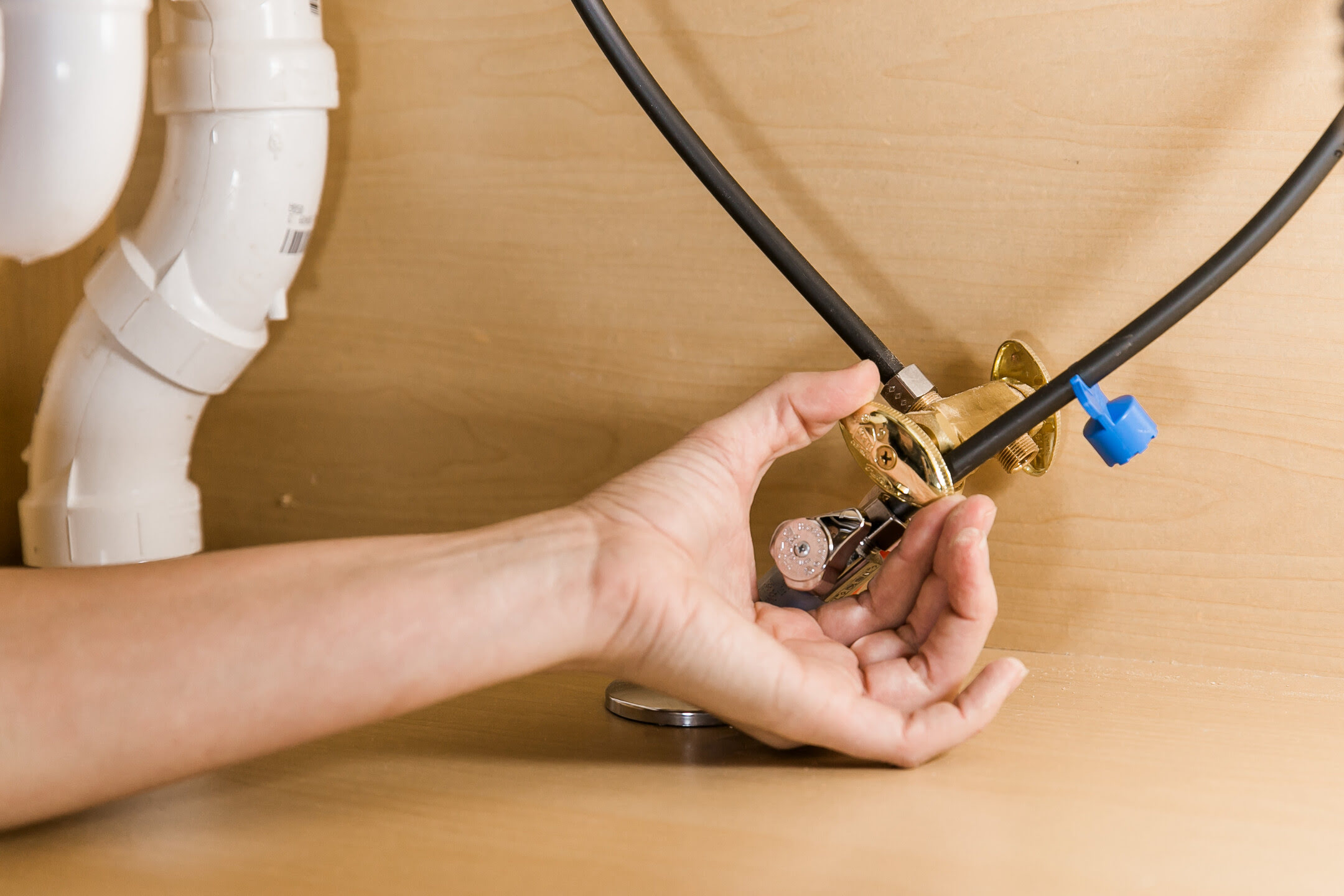
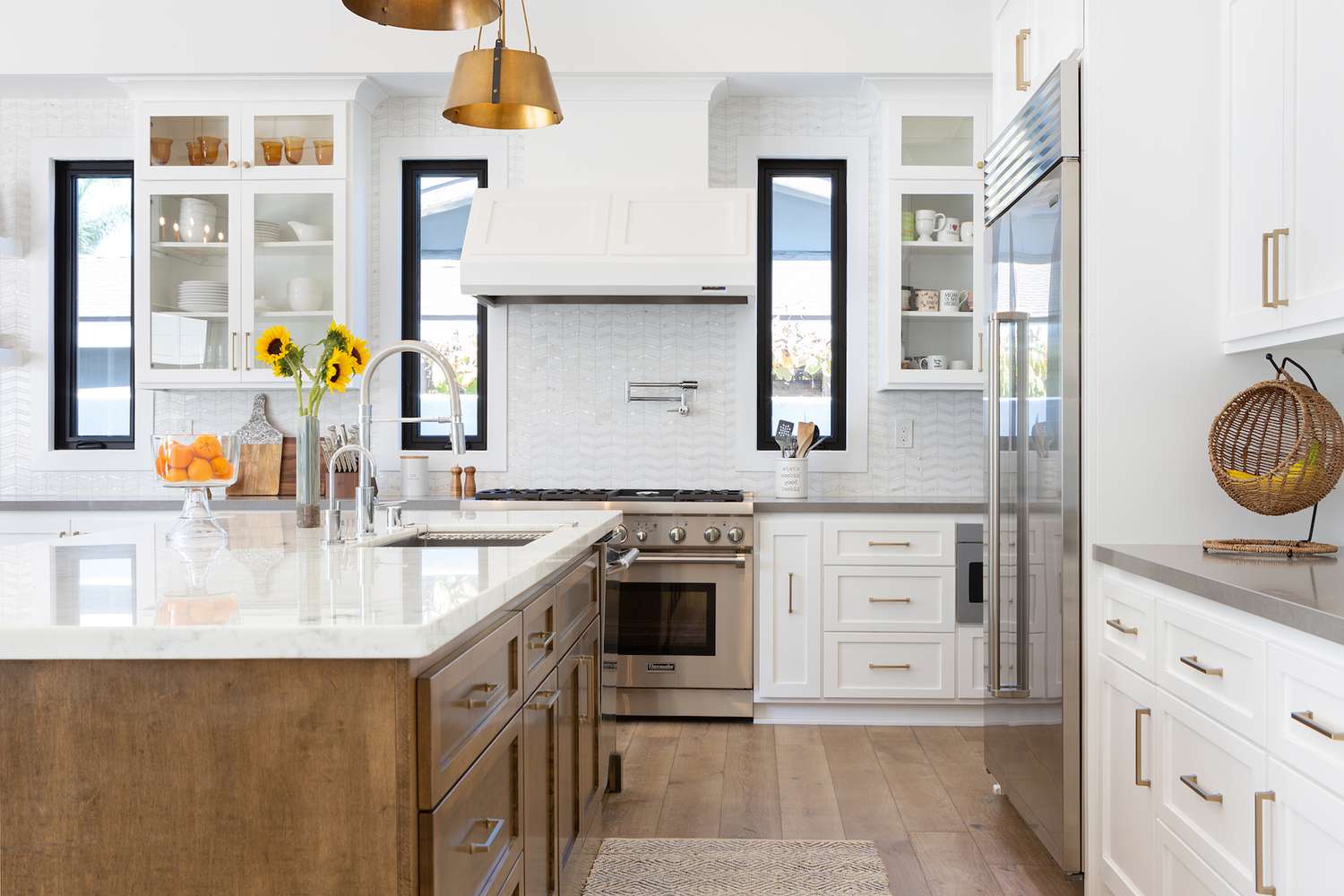
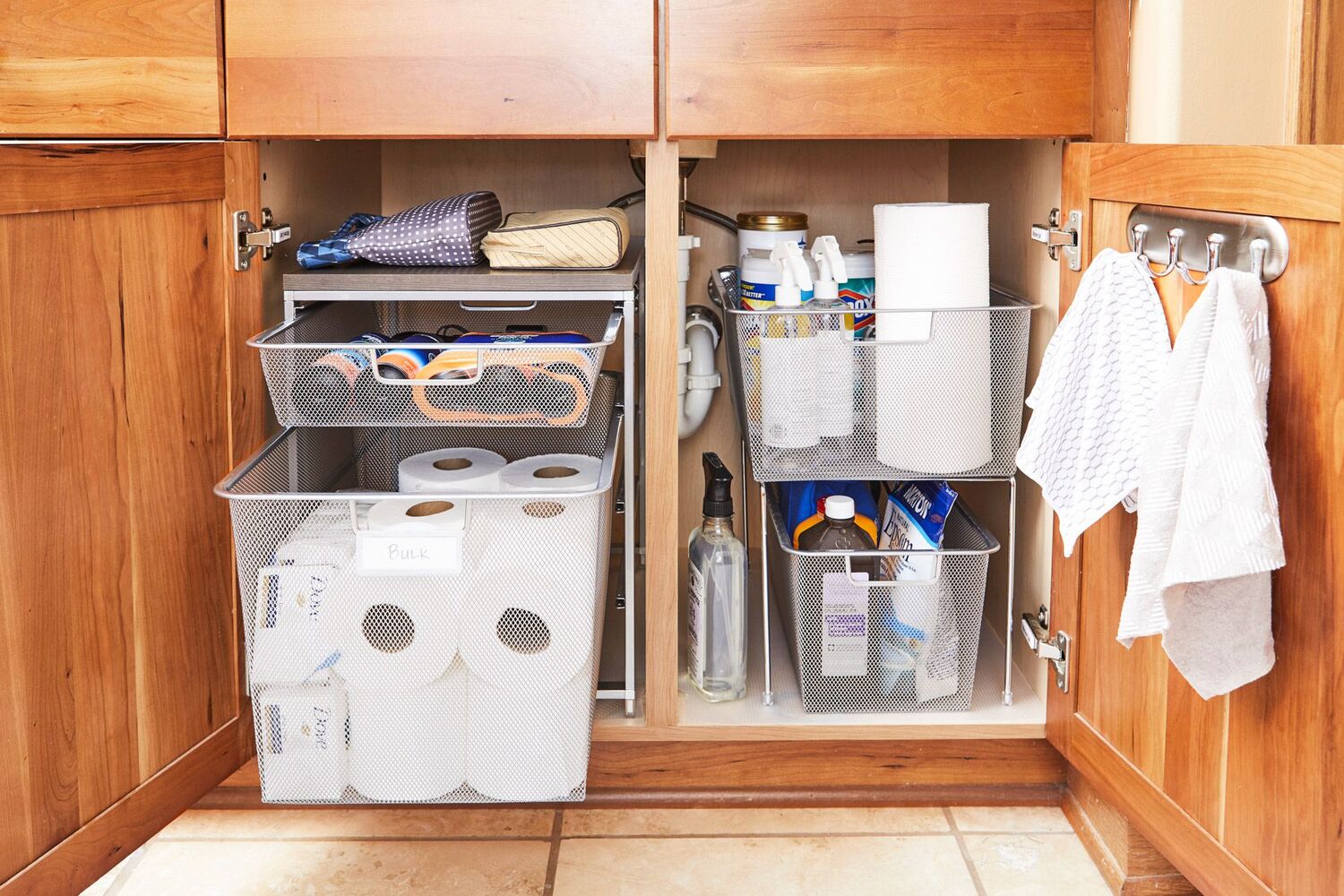
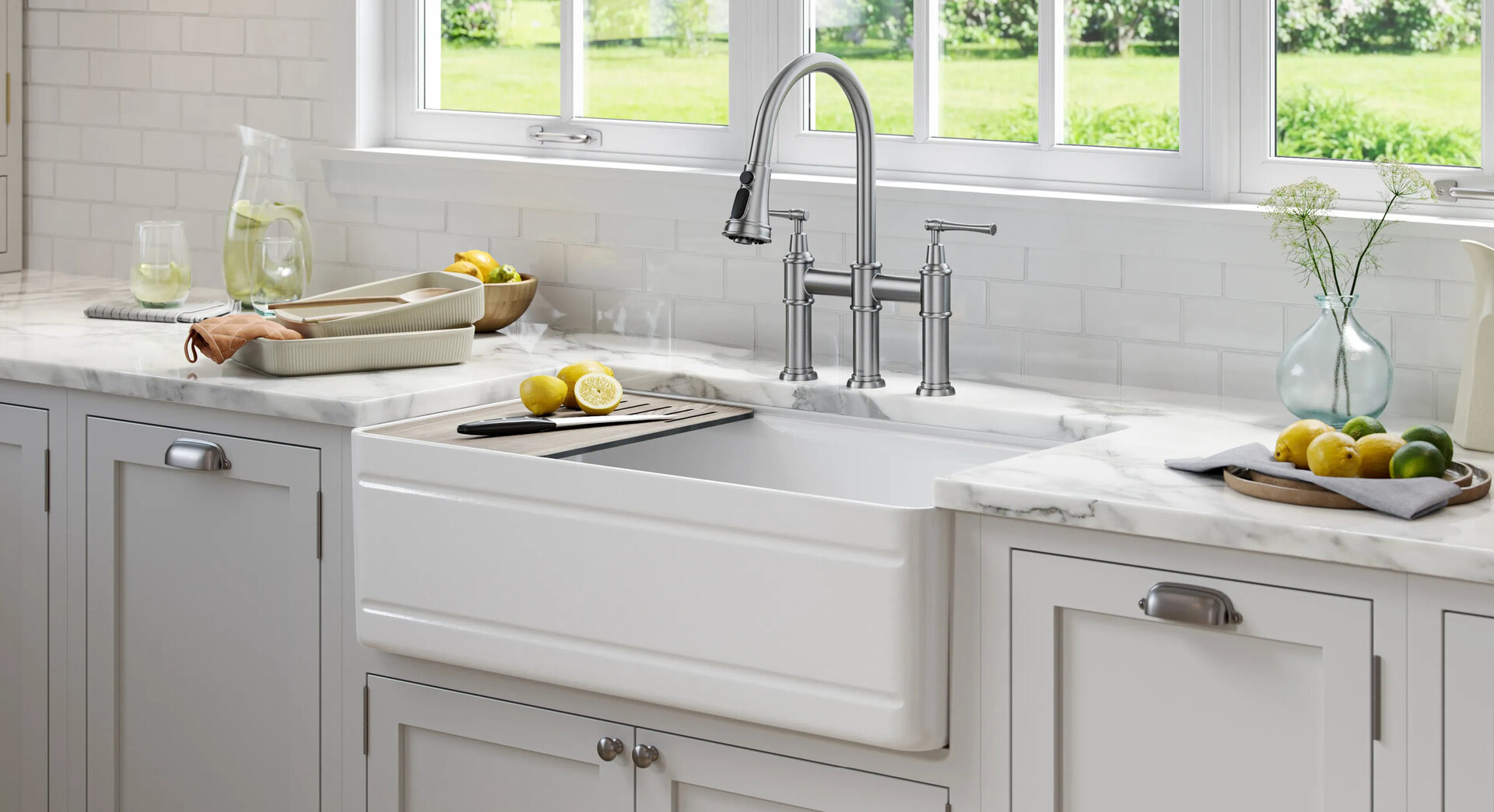
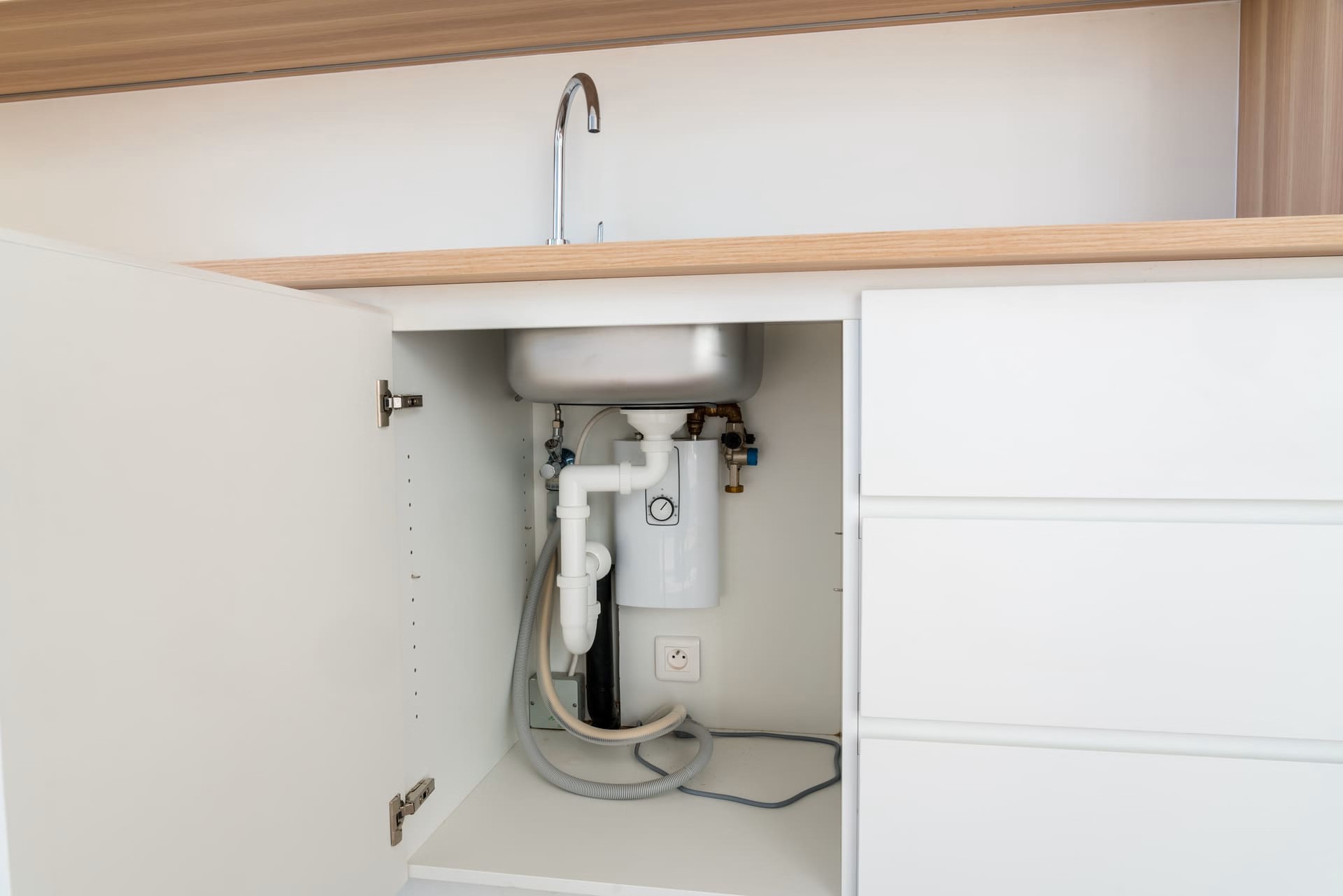
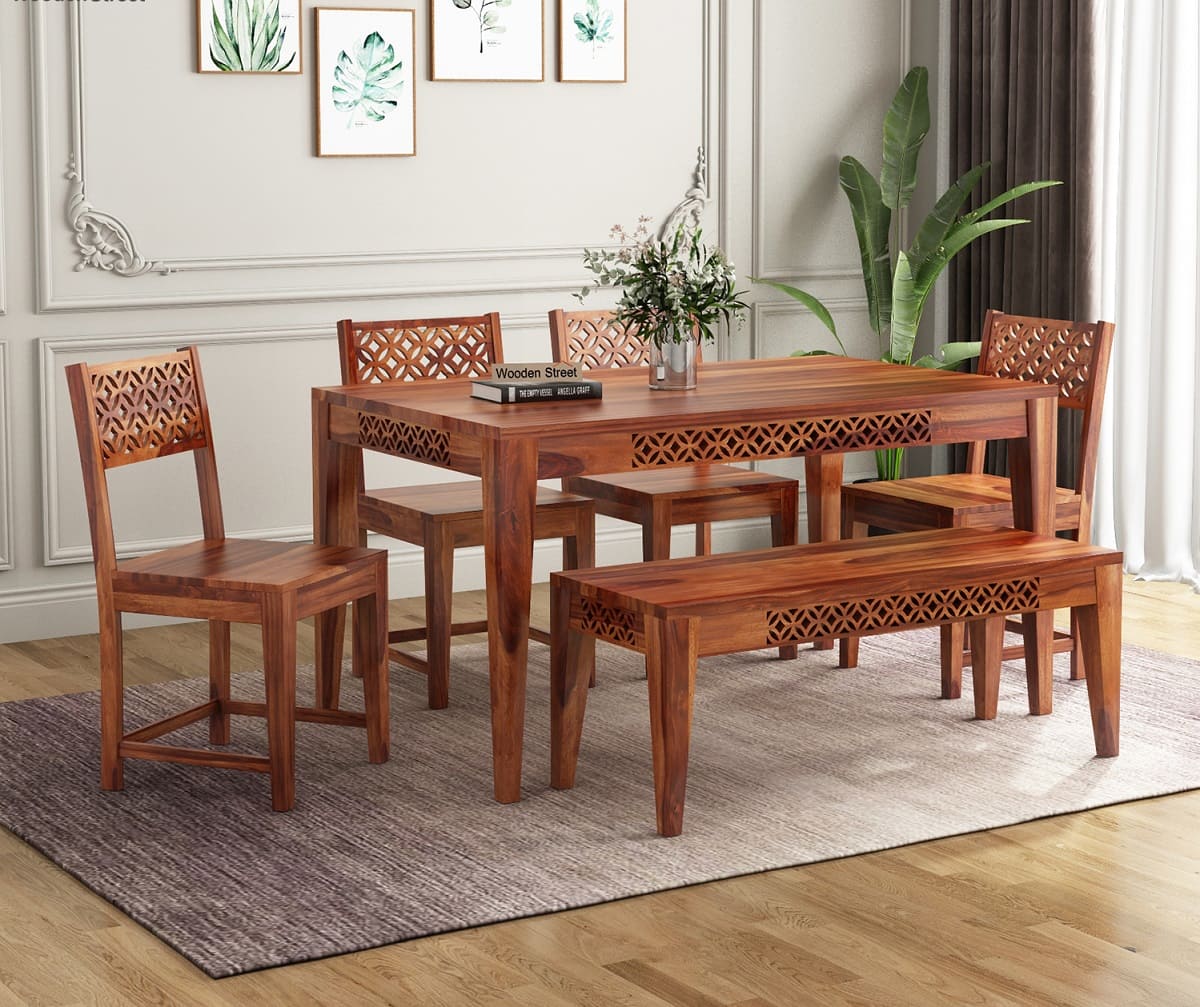
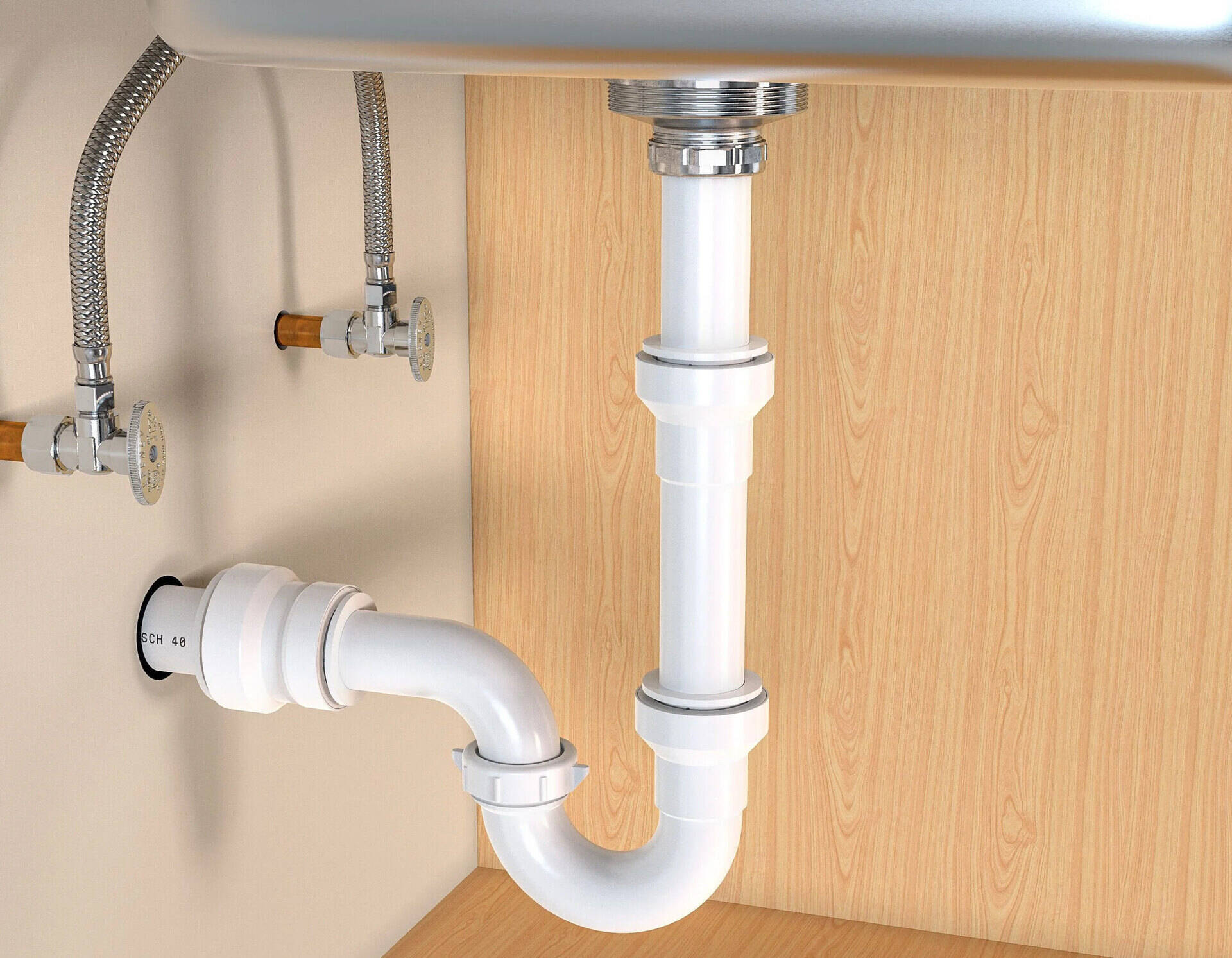
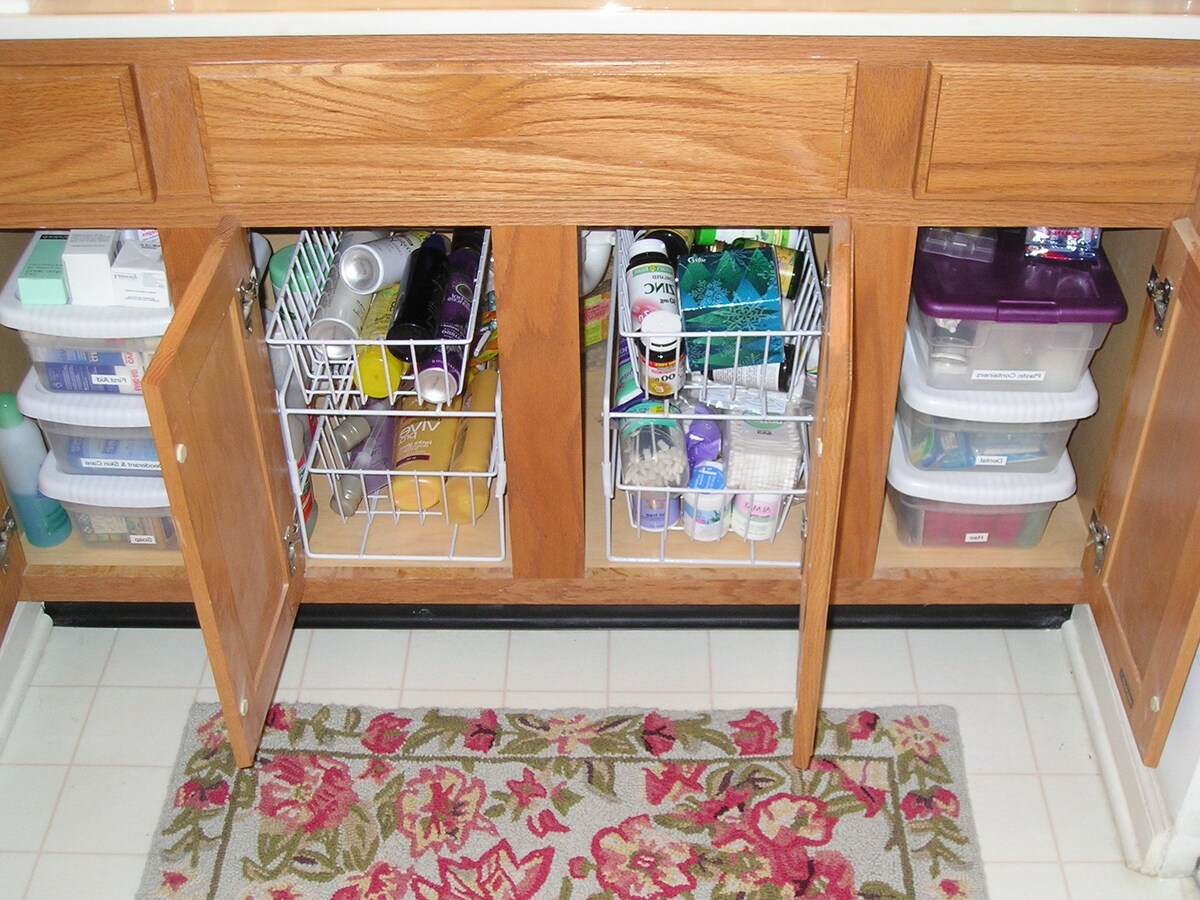
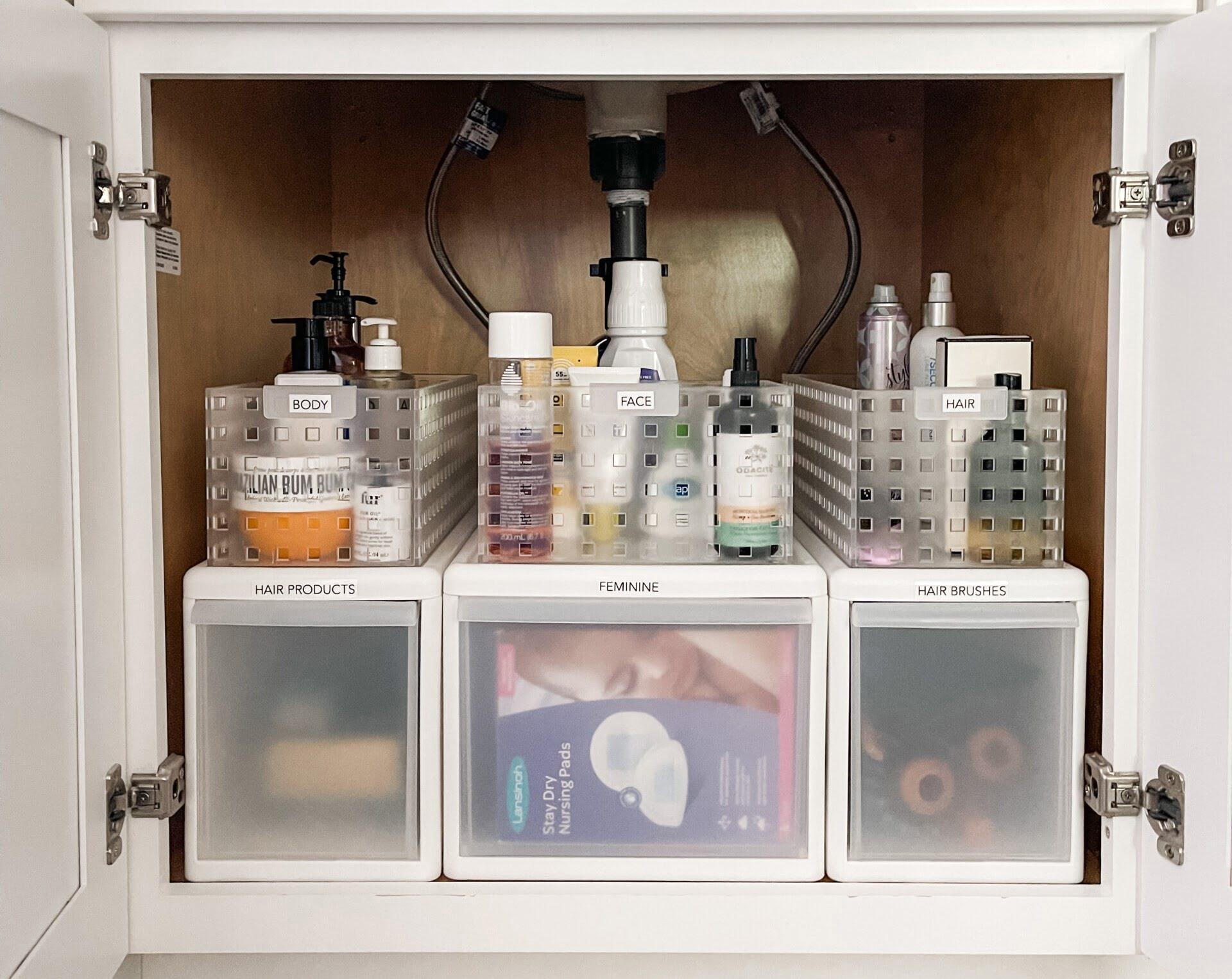
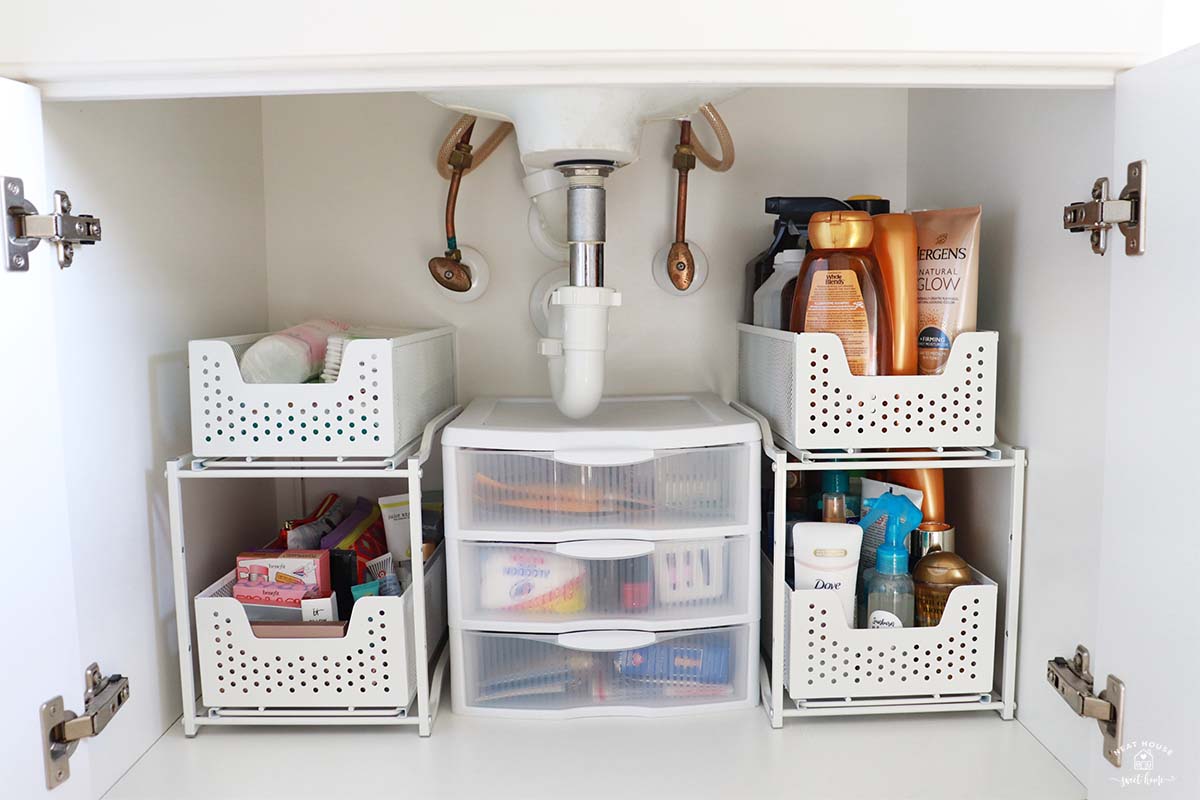
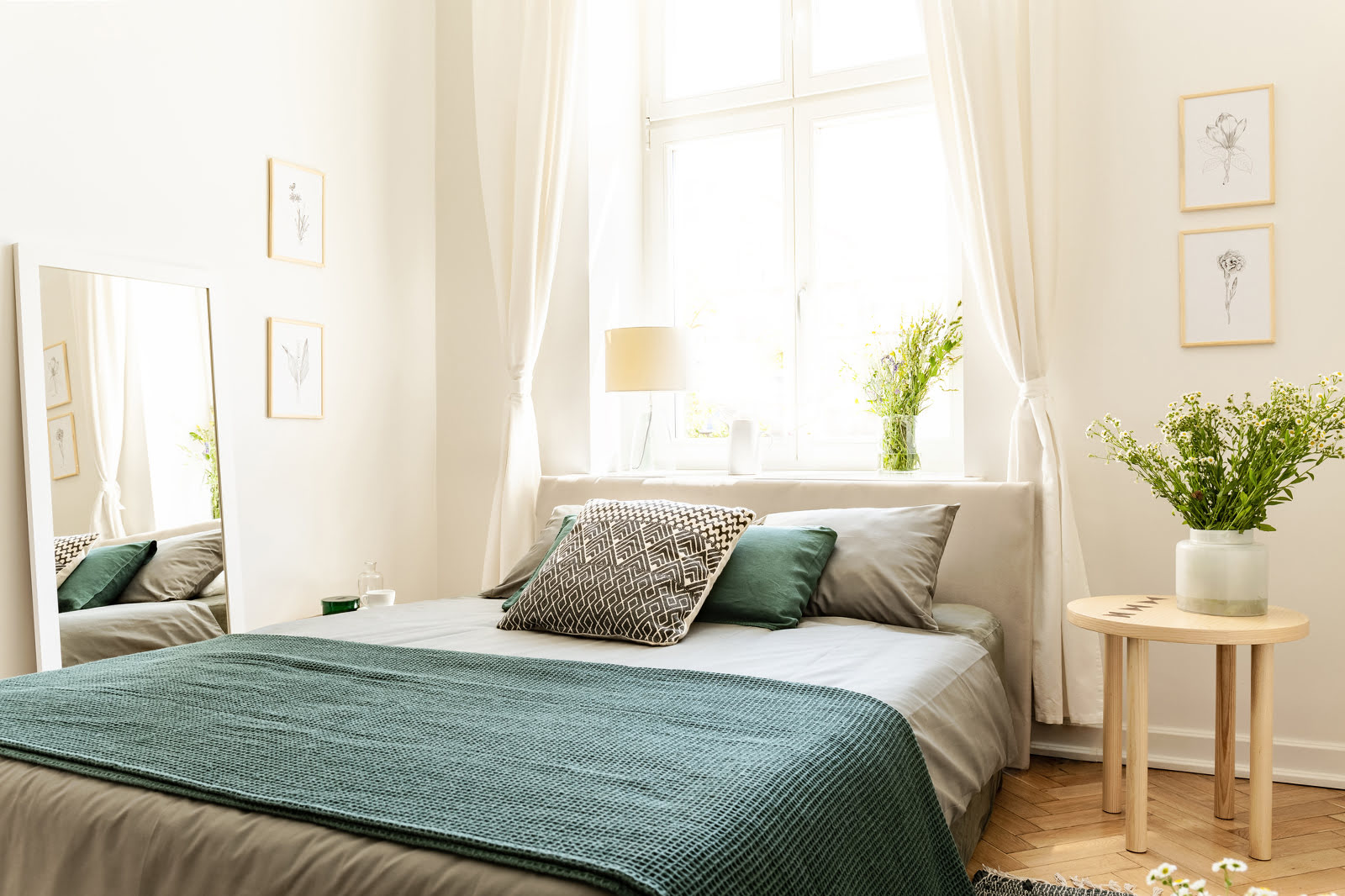
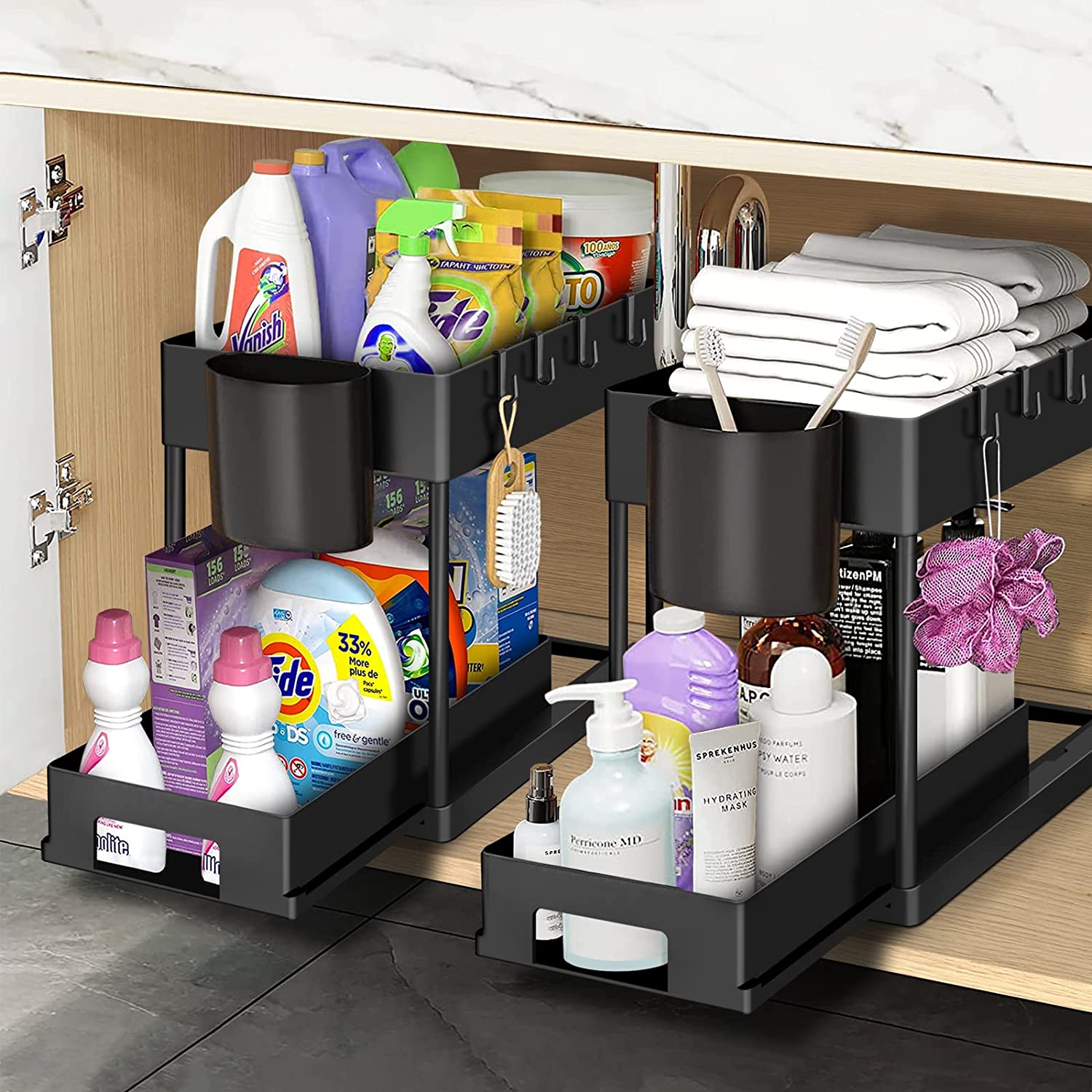
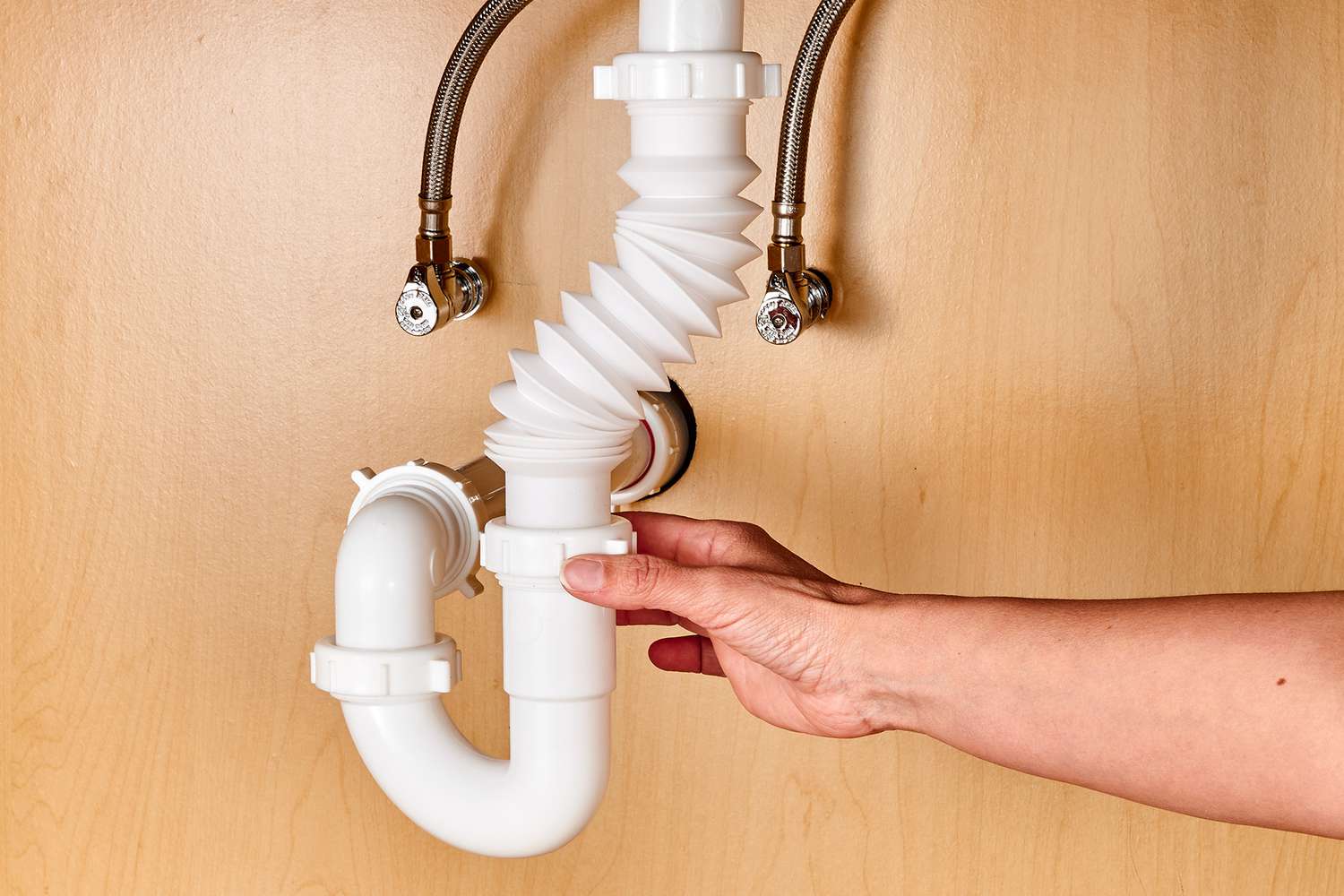

0 thoughts on “Should A Kitchen Sink Be Centered Under A Window?”